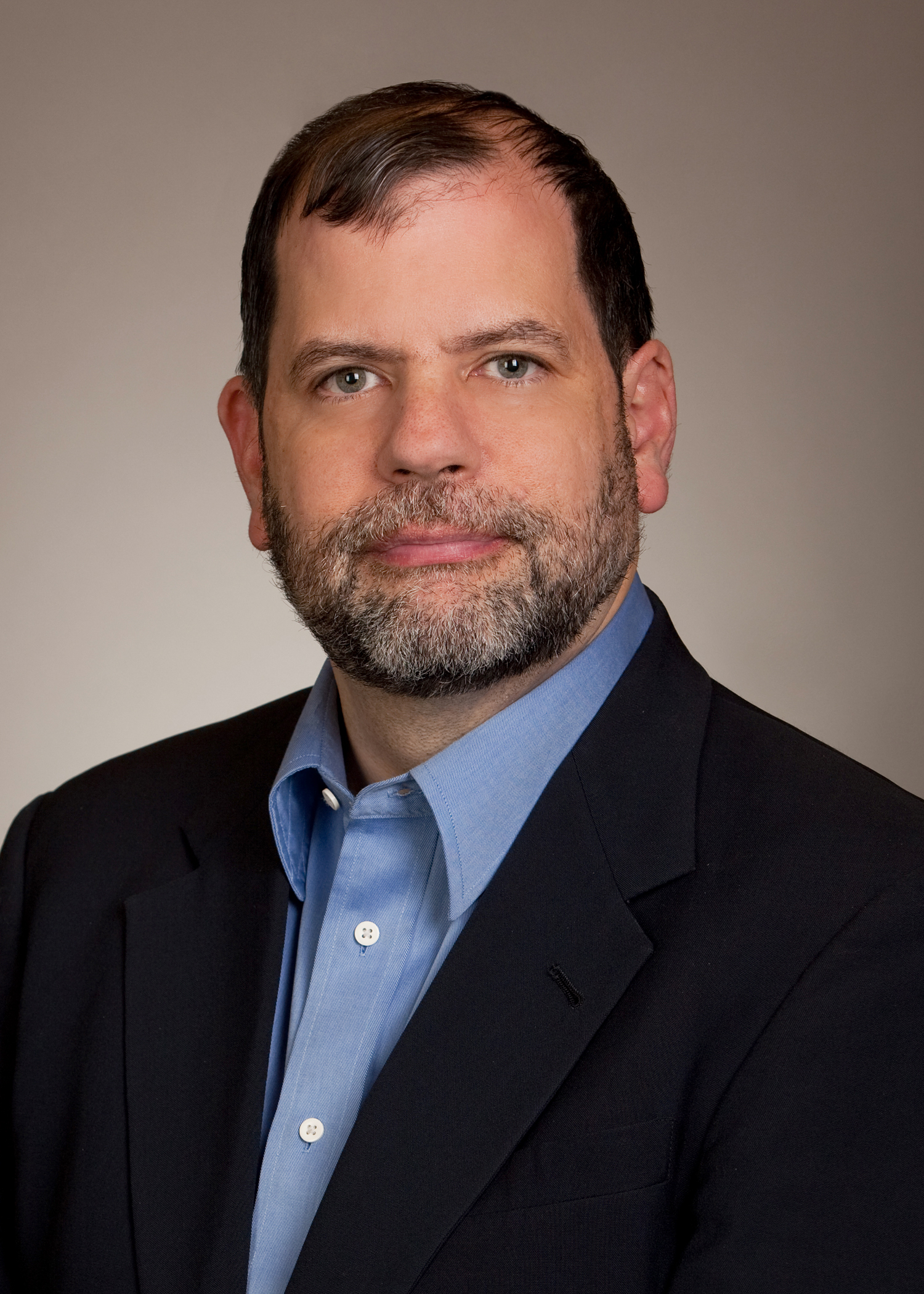Dr. Richard Armstrong asks (and answers) a critical question: "
Who Determines Quality in Health Care?"
A couple of excerpts:
[E]verywhere you turn someone is measuring something or
surveying something or requiring the reporting of metrics. Patients are
flooded with satisfaction surveys, doctors are inundated with pay for
performance reporting requirements, physician quality reporting systems
and, soon on the horizon from the federal government, the new Merit Based Incentive System. It’s enough to make your head spin. So, just exactly what is going on?...
An estimated $3.5 trillion moves through our
health care economy yearly. It should be no surprise that those who are
purchasing health care would be concerned about the quality and value
of their purchase. What is problematic is this…how do you measure it? Also, how can anyone be certain that they are measuring the “correct” things?
To concretize the issue, Dr. Armstrong poses an example of a patient "Jack" who needs a hernia repair. As a surgeon, Dr. Armstrong will work conscientiously to do his best by Jack. But Armstrong notes:
[T]he doctor should be working for the patient. But what happens when a
third party, a private insurance company or the government is the
purchaser of health care on behalf of the patient consumer? We are
experiencing that today in America and the confusion is becoming mind
numbing for both patients and doctors...
Our “system” needs to focus clearly on producing high quality physicians
and surgeons who understand why Jack and his family need quality care
and that ultimately we are responsible to them, the patients.
It is no surprise that those who are paying for the
services expect quality and value. Maybe it would be wise for all of us
to re-evaluate how we are paying instead of expanding ever more complex,
confusing and expensive “quality assurance” processes.
As Dr. Armstrong notes, piling on more regulations onto a flawed system based on third-party payments won't fix the underlying problem. I recommend folks
read the whole piece for themselves, as I'm only scratching the surface of his discussion.
Interestingly, the
New York Times recently published a piece by Dr. Robert Wachter with a similar theme: "
How Measurement Fails Doctors and Teachers". Wachter notes:
Avedis
Donabedian, a professor at the University of Michigan’s School of
Public Health, was a towering figure in the field of quality
measurement. He developed what is known as Donabedian’s triad, which
states that quality can be measured by looking at outcomes (how the
subjects fared), processes (what was done) and structures (how the work
was organized). In 2000, shortly before he died, he was asked about his
view of quality. What this hard-nosed scientist answered is shocking at
first, then somehow seems obvious.
“The secret of quality is love,” he said.
Our
businesslike efforts to measure and improve quality are now blocking
the altruism, indeed the love, that motivates people to enter the
helping professions. While we’re figuring out how to get better, we need
to tread more lightly in assessing the work of the professionals who
practice in our most human and sacred fields.
By the way, there is lots more good commentary on health policy at the
Docs4PatientCare Foundation website by Armstrong (pictured below) and others.












